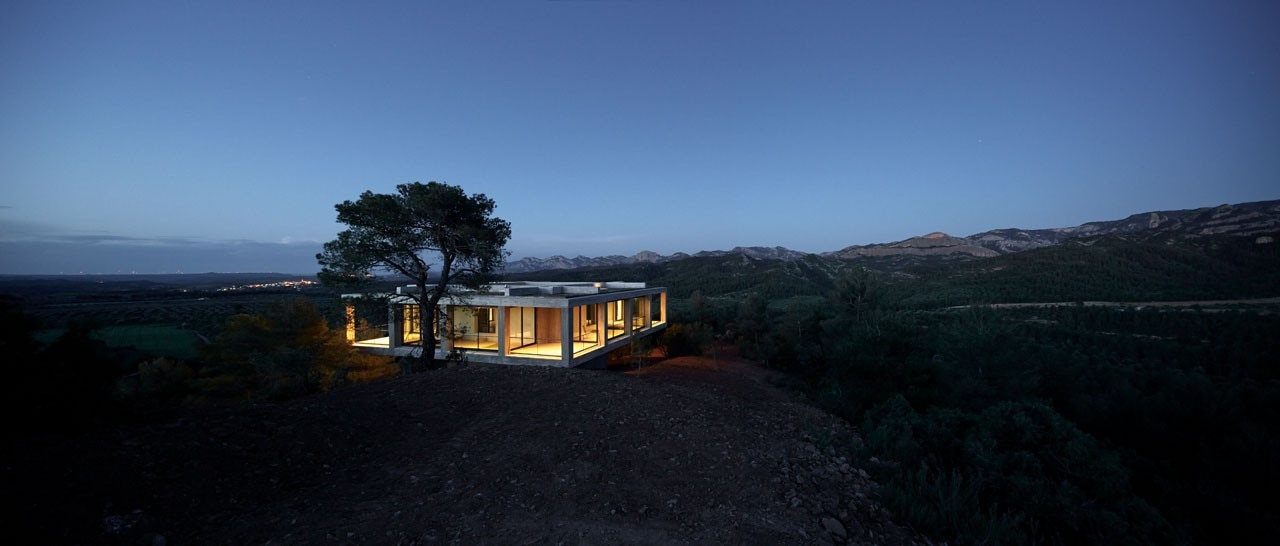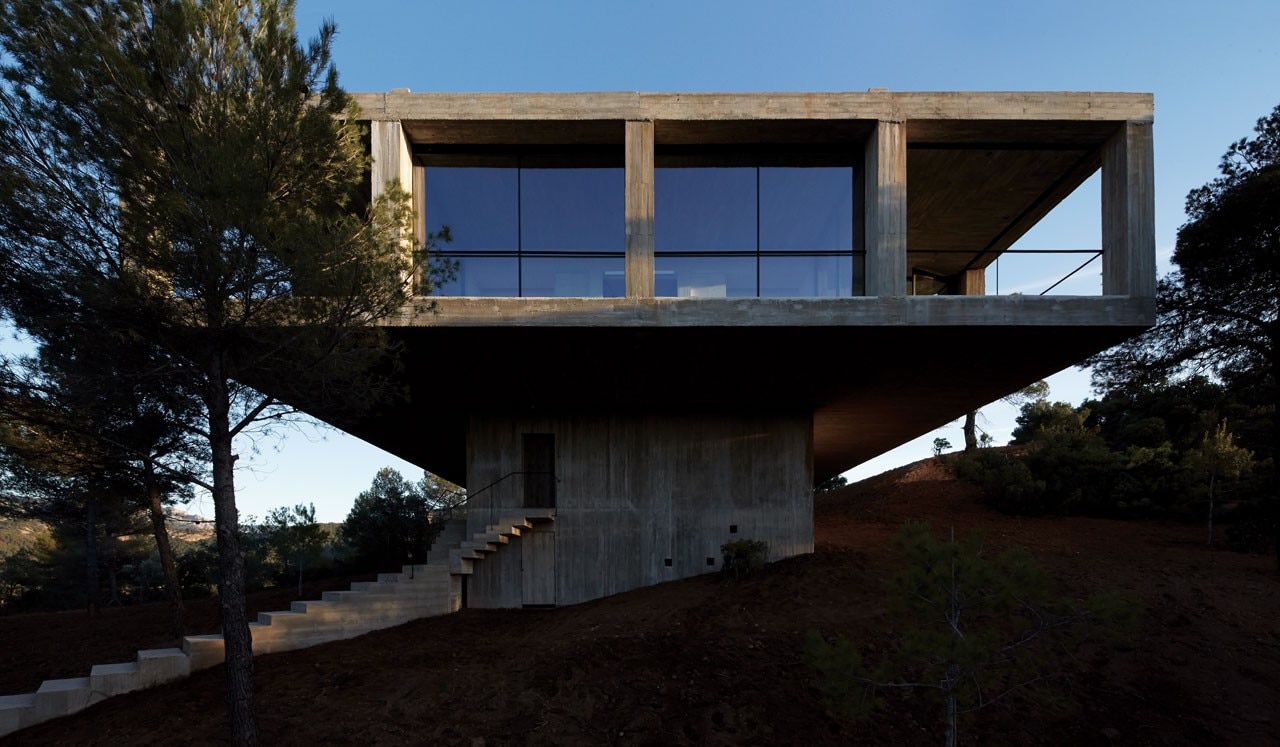Reaching the Solo House isn’t easy. The landscape is a tract of green heaven in the middle of nowhere in the province of Teruel, Spain.
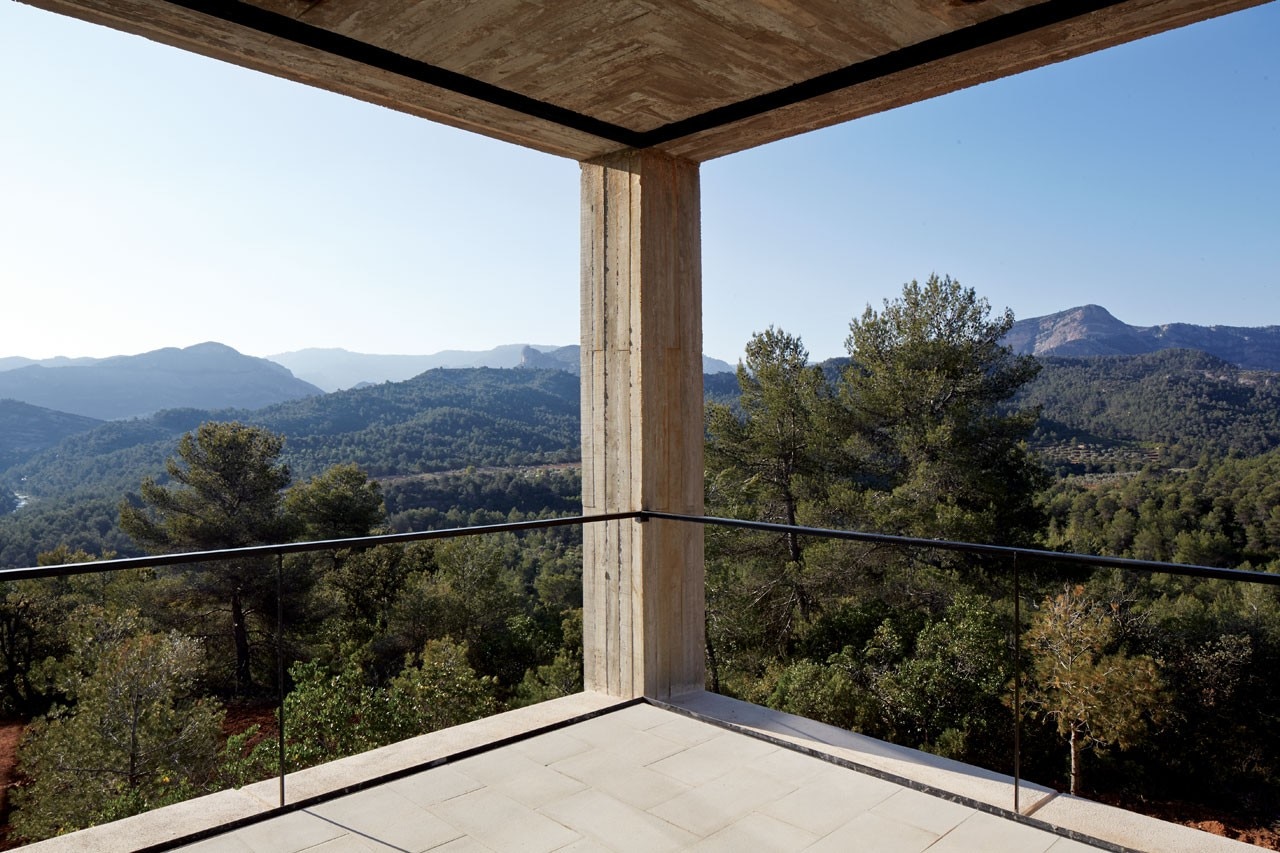
However, architecture’s recent history shows that such experiments with prêts-à-consommer houses usually falter, as with Ordos 100 in China or Living Architecture in the UK.
Standing in its dominant position, the monolithic concrete structure has been devised in the landscape following a similar scheme to the same architects’ Guna House currently under construction in Chile. Materiality is a recurring theme in the architecture of Mauricio Pezo and Sofia von Ellrichshausen, and in the Solo House rough concrete and local wood constitute the basic elements.
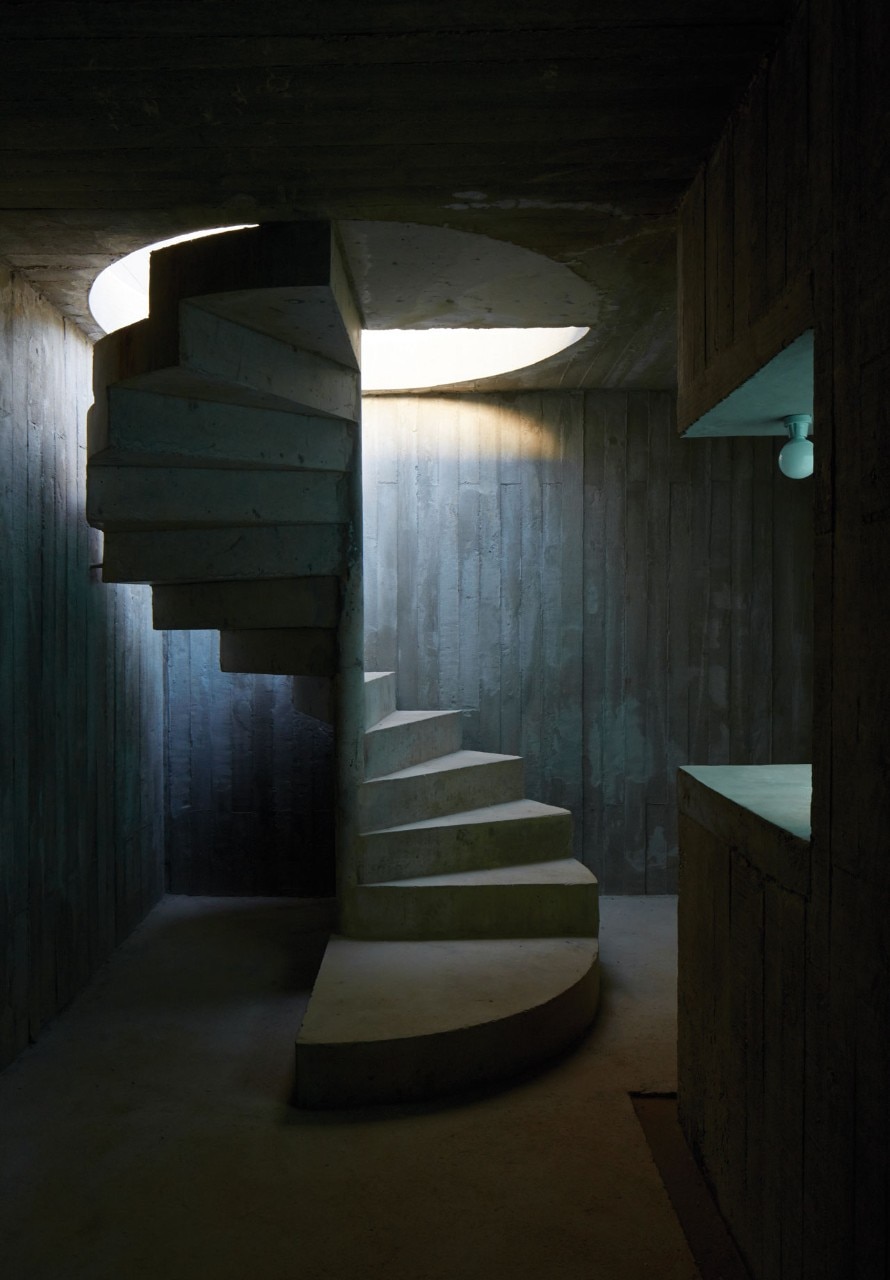
The austerity of the design, where every space responds to a symmetrical logic, is reinforced by the toughness of the concrete and the simplicity of the furniture. The house was designed in order to forget about everything, to manifest the presence of the horizon around its entire perimeter.
Thanks to the sequence of rooms organised informally with open corners, the house can be transformed: the corners can become balconies, terraces or rooms depending on personal desires. Here one is reminded of Foucault’s words, “We are in the epoch of simultaneity: we are in the epoch of juxtaposition, the epoch of the near and far, of the side-by-side, of the dispersed.”
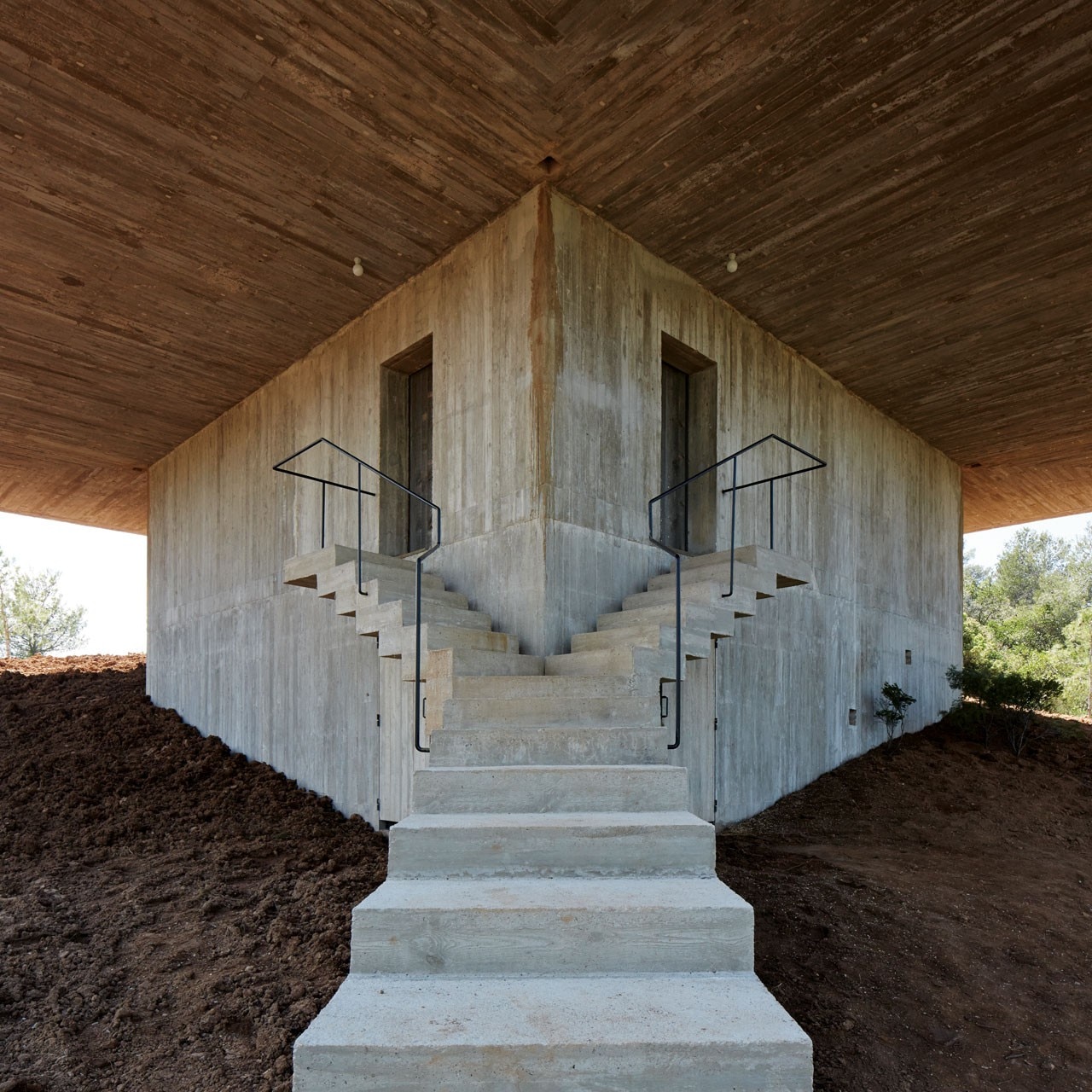
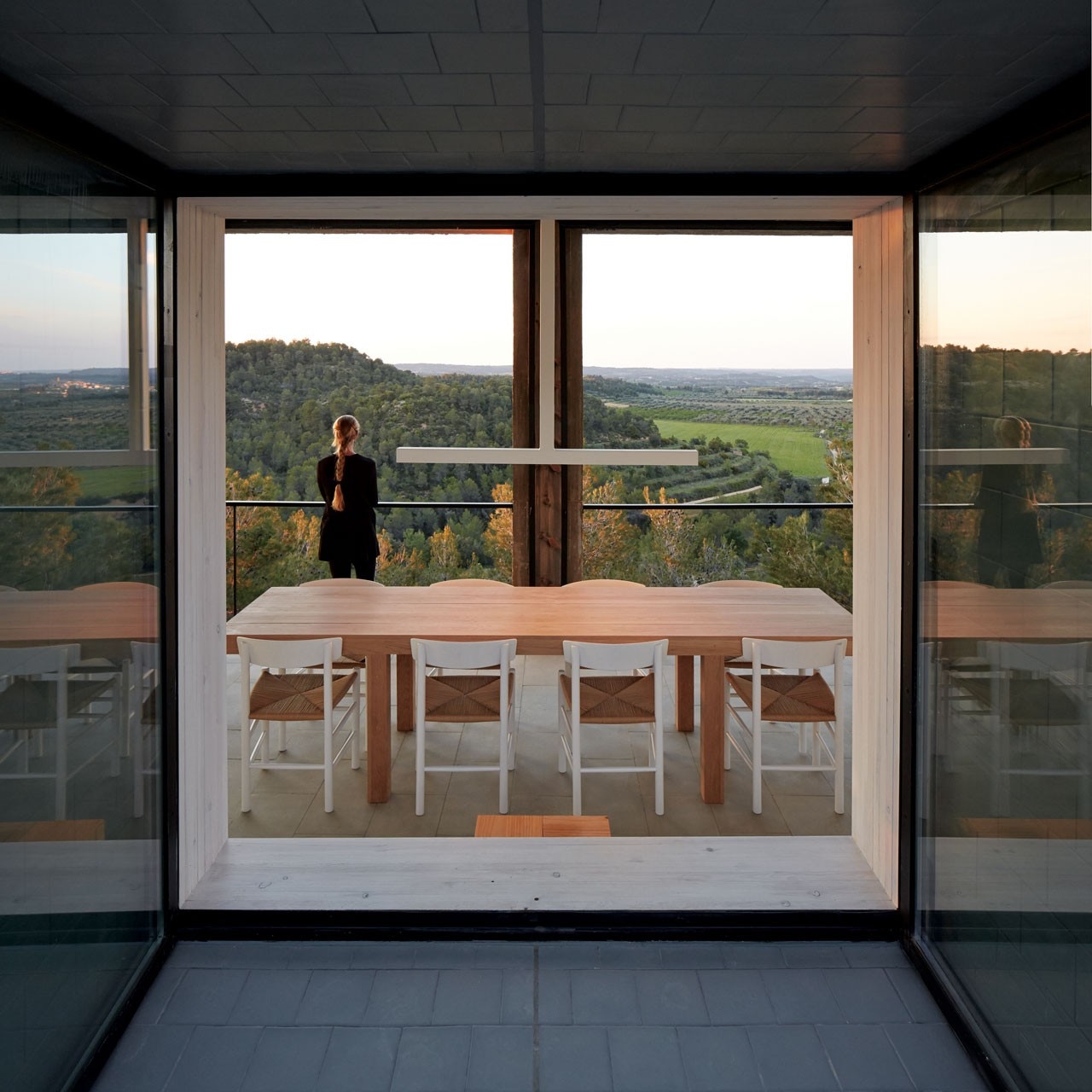
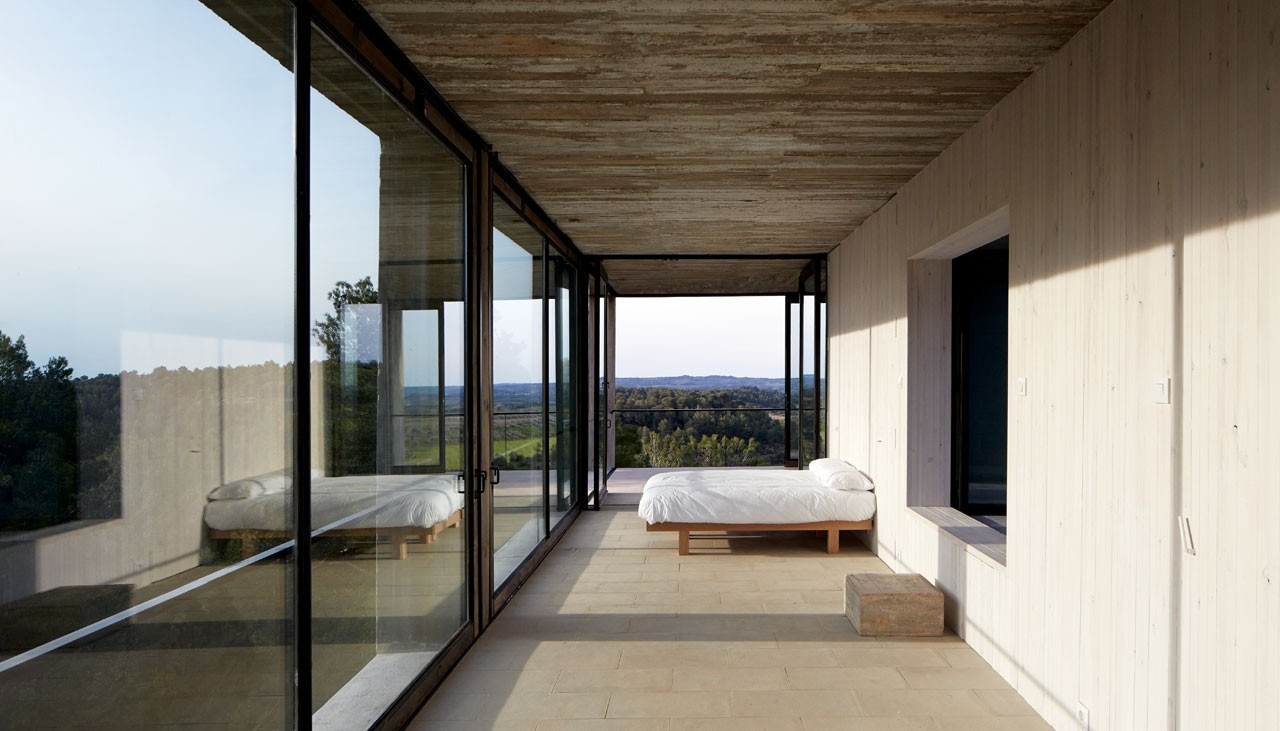
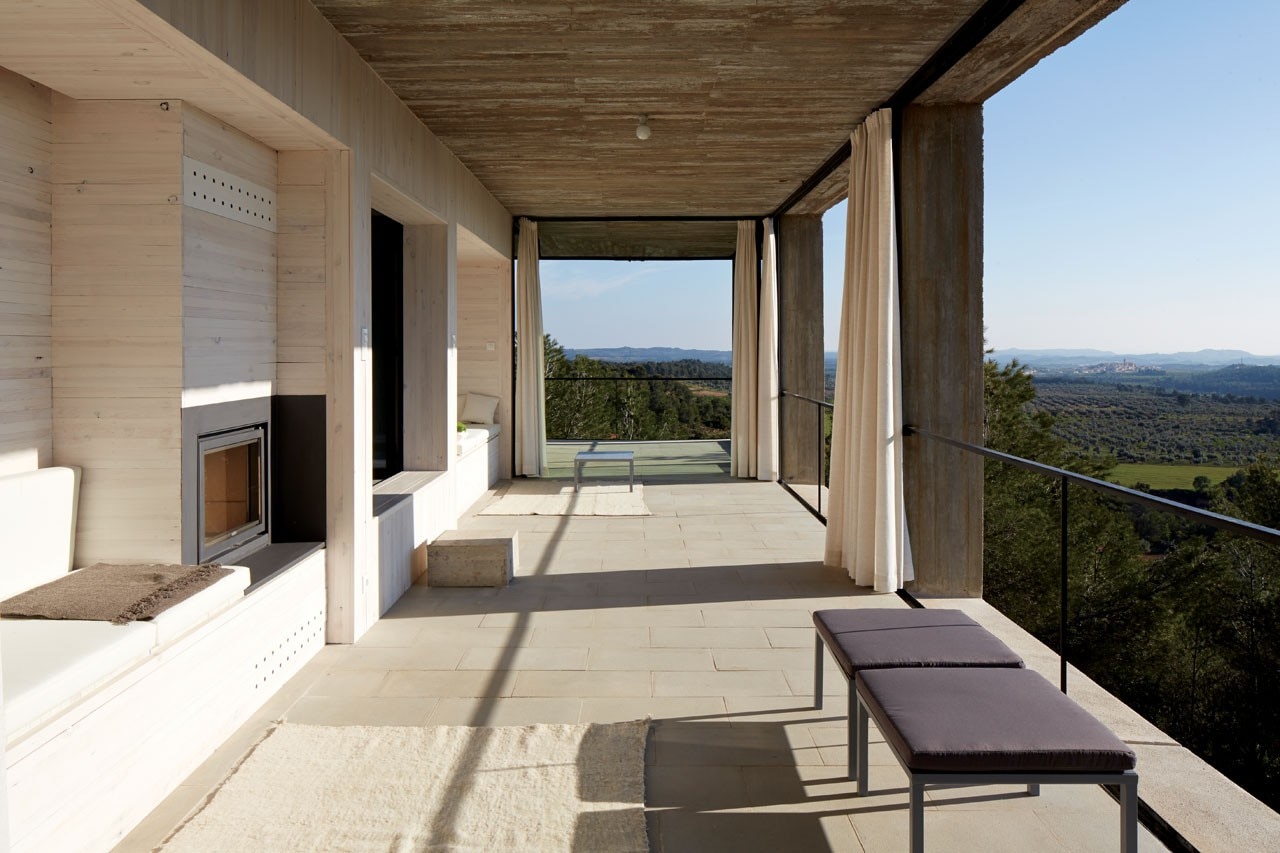
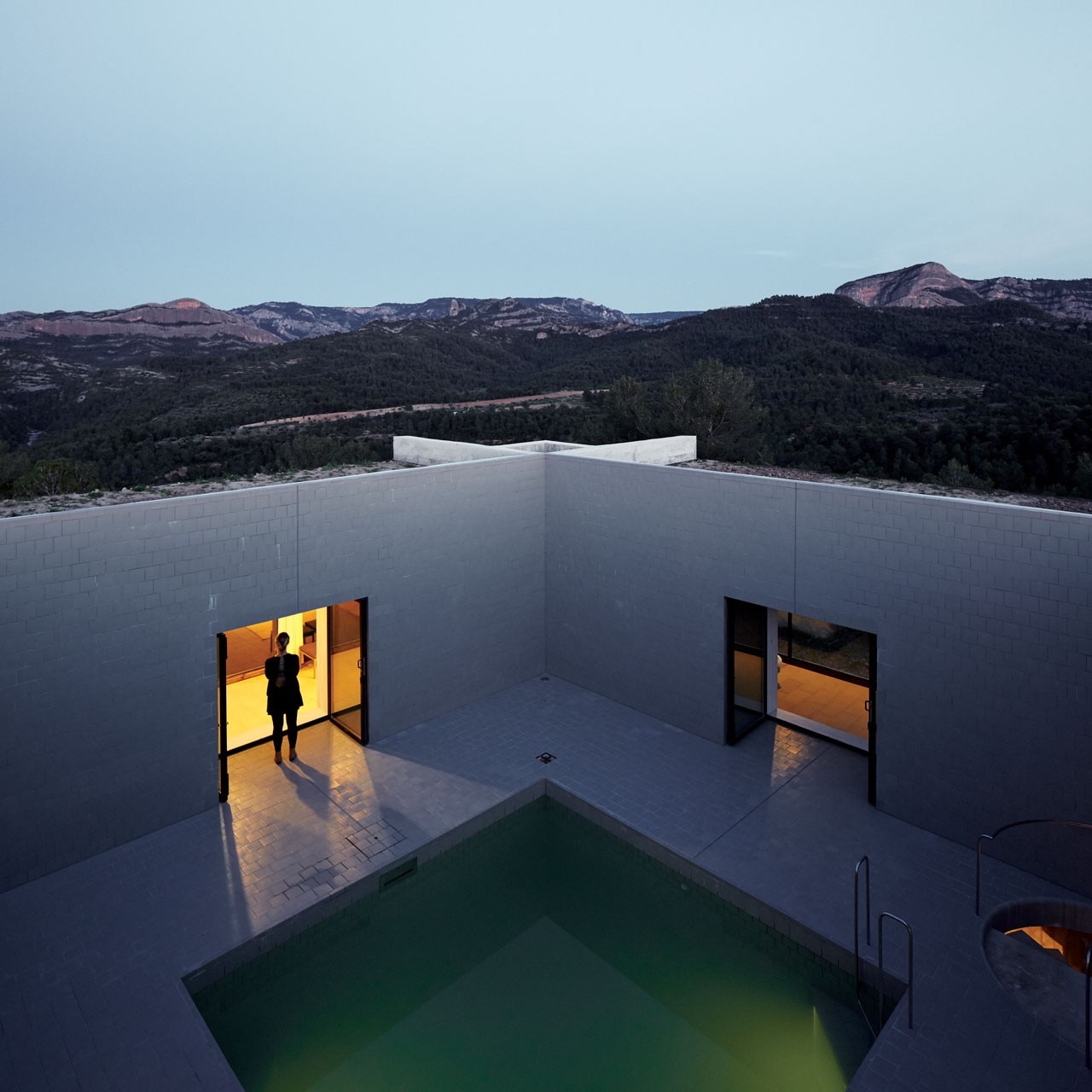
Solo House
Architects: Mauricio Pezo, Sofia Von Ellrichshausen
Project team: Diogo Porto, Bernhard Maurer, Valeria Farfan, Eleonora Bassi, Ana Freeze
Structural engineering: José Perez
Building contractor: Ferras Prats; Ineco, Pablo Rived
Client: Christian Bourdais, Solo Houses
Area: 3,000 mq/ 313 mq
External finishing: concrete, glass
Internal finishing: painted wood, textiles, ceramics
Project phase: 2009-2010
Construction phase: 2010-2013
